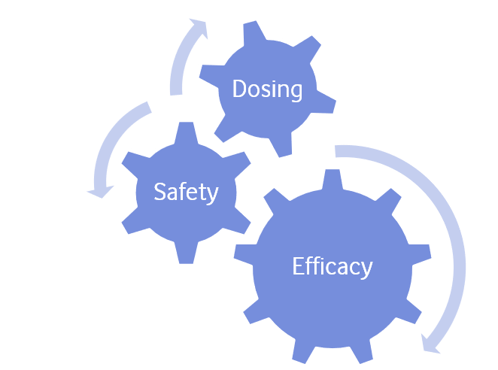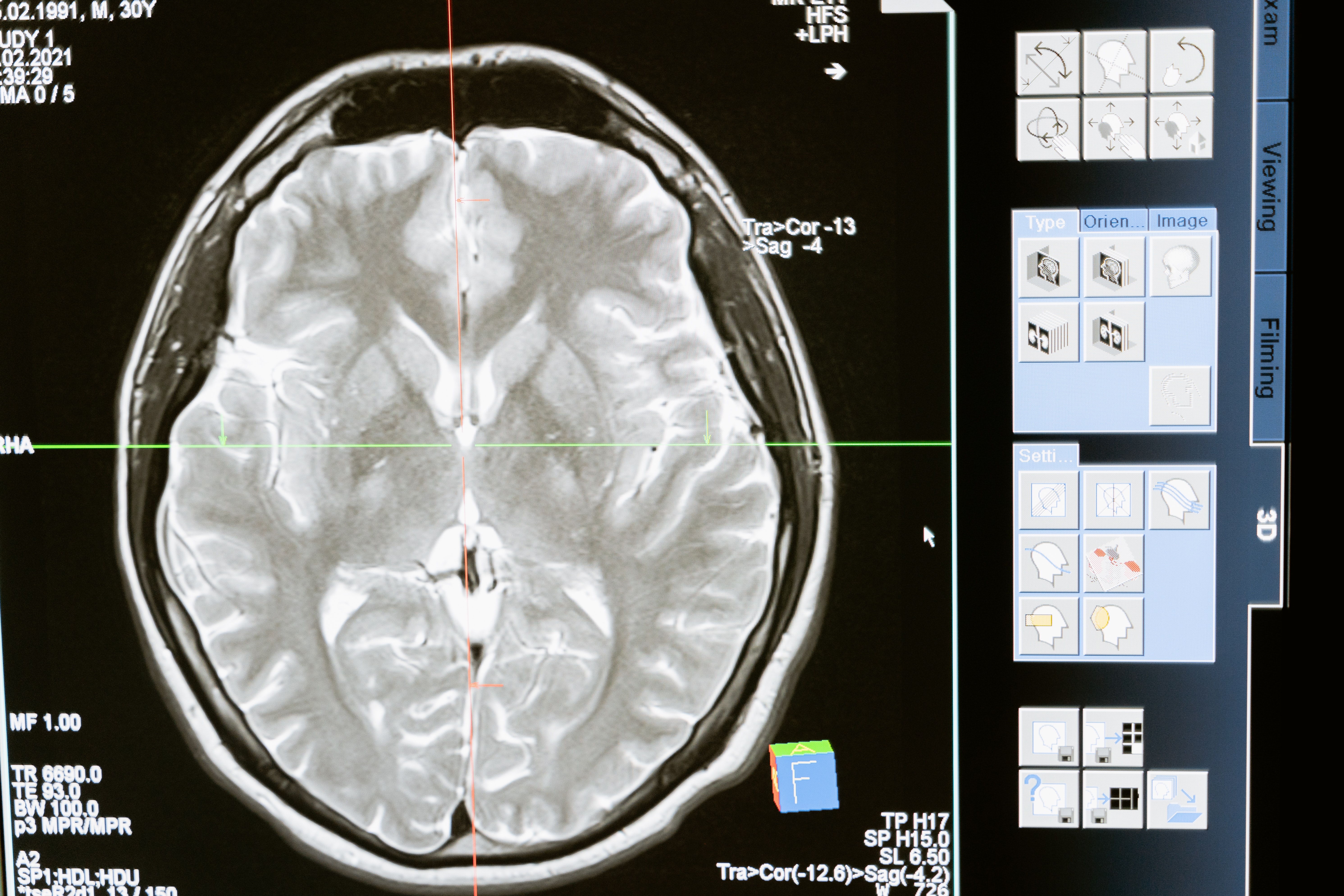In this blog, Noemi Hahn explains when conjoint is ideal, and when alternative statistical techniques should be considered.
Conjoint is a widely used technique to test preference share of different product or concept configurations. Its advantage lies in replicating consumer choice and trade-off behaviour by having respondents select a product among multiple alternatives.
This replication of human decision-making process combined with experimental design and robust statistical analysis can make conjoint an ideal method in early stage drug assessment. Conjoint, however, works best when the product or concept we want to test meets certain criteria:
- Product/concept can be narrowed down to testable, mutually exclusive attributes (e.g. frequency or mode of administration)
- There are at least three attributes
- Each attribute can be broken down to at least two-to-three mutually exclusive levels and at least one-to-two attributes have at least three levels (e.g. daily, weekly and monthly dosage)
- The design doesn’t have too many prohibitions; e.g. there aren’t many attributes that can only be paired with one level of another attribute
- Sample size is large enough (depends on the design but ideally you want to have at least 200)
When all these criteria are met, conjoint provides the optimal product configuration and item prioritization, including price. Conjoint also predicts preference share which indicates a product’s potential, its preference relative to competitive products, and identifies aspects that are more contributing to preference. The Bryter conjoint simulator allows clients to freely explore different strategic options and their relative benefits.

MaxDiff and Drivers Analysis
However, when these criteria are not met clients should consider alternative options, like MaxDiff or Drivers Analysis. In healthcare research assessing early-stage novel drugs we often work on projects where MaxDiff is a a more suitable analytical technique. If all the attributes are binary (on/off) or if the design has very few attributes and levels that can be turned into a single list of items, we should consider using MaxDiff. Like conjoint, MaxDiff is another trade-off method that provides the relative preference for certain treatment options or products. It is advantageous to ranking questions that can be too hard when testing more than six-to-seven items and it creates better differentiation than rating scales, which are also subject to cultural response biases (e.g. certain cultures tend to agree with statement more than others). By using MaxDiff, clients have reliable information about feature/component prioritization of treatment options.
The other challenge in early stage assessment is narrowing down the number of properties of a new drug and fitting them into a conjoint design. When neither conjoint nor MaxDiff is a suitable option we can consider using a third statistical technique, Drivers Analysis. Going beyond stated importance, we can establish what really drives the prescription of drugs and we can map the new treatment’s performance onto the most important drivers. Combined with the allocation question we can provide clients clear insights about the landscape the new drug is about to enter, and its chance to successfully compete in the market.
Taken together, our tools allow a range of ways to create outputs providing a detailed early assessment of the commercial opportunity for drugs in exploratory indications, with recommendations for where the best potential lies.
Noemi Hahn is Head of Analytics and Social Sciences at Bryter, an international research and insight consultancy servicing sectors including healthcare and pharmaceuticals. For more info on how we support brands globally, contact Noemi and the team on info@bryter-us.com




